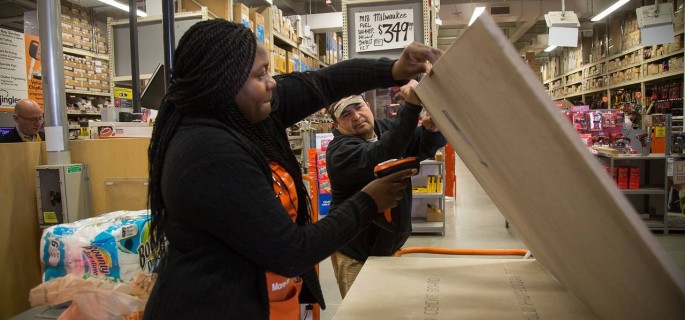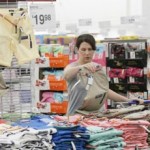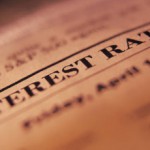U.S. Retail Sales Fell 0.1% in February

January revised to a decrease on lower auto, gas sales
American consumers are showing renewed signs of caution amid continued financial-market volatility, clouding the outlook for a segment of the economy that had been a bright spot.
U.S. retail sales fell in February and figures for January were revised down sharply amid a drop in spending on gasoline and autos, according to Commerce Department data released Tuesday.
Sales at retail stores and restaurants fell 0.1% from the prior month to a seasonally adjusted $447.31 billion in February, the report said. January retail sales dropped 0.4%, versus the initially reported 0.2% increase.
The latest snapshot of consumer spending recasts what had seemed a more upbeat start to 2016.
“This year seems to have gotten off to an especially wobbly start in terms of the economy,” Michael O’Sullivan, president and chief operating officer at Ross Stores Inc., told investors this month. “So that’s one reason for caution.”
Retail sales are a key barometer for overall consumer spending, which accounts for about two-thirds of economic output in the U.S. American households have benefited from cheaper gasoline—the average weekly price of a gallon fell to the lowest level in seven years last month—and steady job creation.
But other measures of the economy have been mixed. And while sales figures can be choppy from month to month, the overall trend has reflected economic cross-currents and some financial market jitters. Americans have been spending selectively in recent months, while also saving at a higher rate than before the recession.
“Consumers remain cautious and hesitant to spend, despite an improving jobs picture and evidence of accelerating wage increases,” said Alan MacEachin, corporate economist at Navy Federal Credit Union.
So far this year, lower gasoline prices are responsible for much of the softness in overall retail spending. Gasoline sales were down 4.4% in February from the prior month.
Excluding motor vehicles, retail sales were down 0.1% in February. Excluding gasoline, sales were up 0.2%. Excluding both categories, sales grew 0.3% last month.
Americans spent more on an array of goods, including building materials and garden equipment; sporting goods, books and music; health and personal care items; and clothing. Restaurants and bars also saw a bump in sales.
And overall, consumer spending is still contributing to economic growth. February sales excluding gasoline, for example, were 4.8% higher than a year earlier.
But consumers don’t appear to be spending all of their windfall from lower fuel bills.
“We haven’t seen much of a bump from gas prices,” said Matt Verbin, chief financial officer at online retailer Tanga. “We’re seeing consumers are saving more than they would have in prior years. There’s a lot of uncertainty.”
The Federal Reserve closely watches consumer-spending data as a gauge of economic growth, and Fed officials pointed to solid outlays as a factor in their decision to raise interest rates in December for the first time in nearly a decade.
Fed officials are meeting Tuesday and Wednesday to determine their next step on rates. Economists don’t expect them to make any moves.
The retail-sales data are adjusted for seasonal variations but not for price changes. The report doesn’t include estimates for most services, which make up the bulk of consumer spending.
Source: WSJ





























